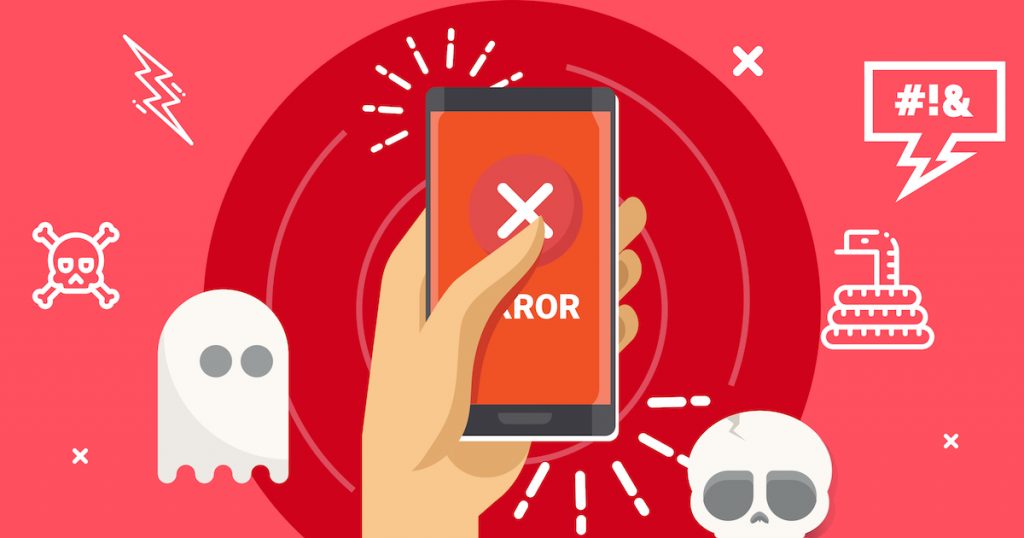Top 5 Types of Mobile App Bugs Found Using AI


With over 1,000 new mobile apps launching every day, maintaining app quality is becoming a significant challenge for developers. Mobile app errors not only disrupt user experience but also lead to poor app ratings and potential uninstalls. The current mobile app error rate hovers around 15%, emphasizing the need for advanced and scalable testing solutions.
Thanks to AI-powered exploratory testing, mobile app bugs can now be detected more efficiently and at scale. In this post, we’ll dive into the five most common types of mobile app bugs uncovered through over 10,000 hours of AI-driven testing. We’ll also explain how traditional rule-based methods failed to catch these bugs and how deep learning techniques like rCNN and LSTM are enhancing detection accuracy.
5 Most Common Types of Mobile App Bugs
1. Broken Links
One of the most common issues, broken links, can significantly impact user navigation. AI-based testing quickly identifies these broken elements by simulating real user interactions across various app environments, ensuring that every clickable element leads to the intended destination.
2. NPE (Null Pointer Exception)
Null Pointer Exceptions are notorious for crashing mobile apps, typically caused when the app tries to access an object that hasn’t been initialized. AI helps identify NPEs by analyzing millions of test cases and detecting instances where these exceptions may arise, something traditional testing methods often overlook.
3. Index Out of Bound Exception
Another critical bug type is the Index Out of Bound Exception, which occurs when an app tries to access a data array index that doesn’t exist. This issue is particularly common in dynamic apps that handle large datasets. AI models like LSTM effectively predict and prevent such out-of-bound errors by learning app behavior patterns.
4. Out of Memory (OOM)
As apps grow in complexity, memory management becomes crucial. Out of memory (OOM) errors happen when an app consumes more memory than what’s available, leading to app crashes. AI-driven tests can simulate various memory loads and spot these errors early, offering insights into how to optimize memory usage.
5. Bad Token Exception
Lastly, Bad Token Exceptions occur during user authentication processes. These are difficult to identify in traditional testing environments. AI models like rCNN detect patterns that often lead to authentication issues, ensuring seamless and secure user experiences.
Why Traditional Methods Fall Short
Rule-based and heuristic approaches often fail to identify the above issues due to the complexity and variety of mobile environments. AI-powered tools like apptest.ai provide a more comprehensive approach by leveraging deep learning models that improve bug detection coverage and reliability.
AI-Powered Testing for Agile Development
By integrating AI-driven testing solutions like apptest.ai into your CI/CD pipeline, developers can continuously monitor and improve app quality throughout the development cycle. This ensures that your app is free from critical bugs before it reaches your users.
Conclusion
By adopting AI for mobile app testing, developers can tackle the most common bugs efficiently, reducing crash rates and improving user satisfaction. Interested in how AI can improve your app’s quality? Contact us today to learn more about our AI-powered testing solutions!